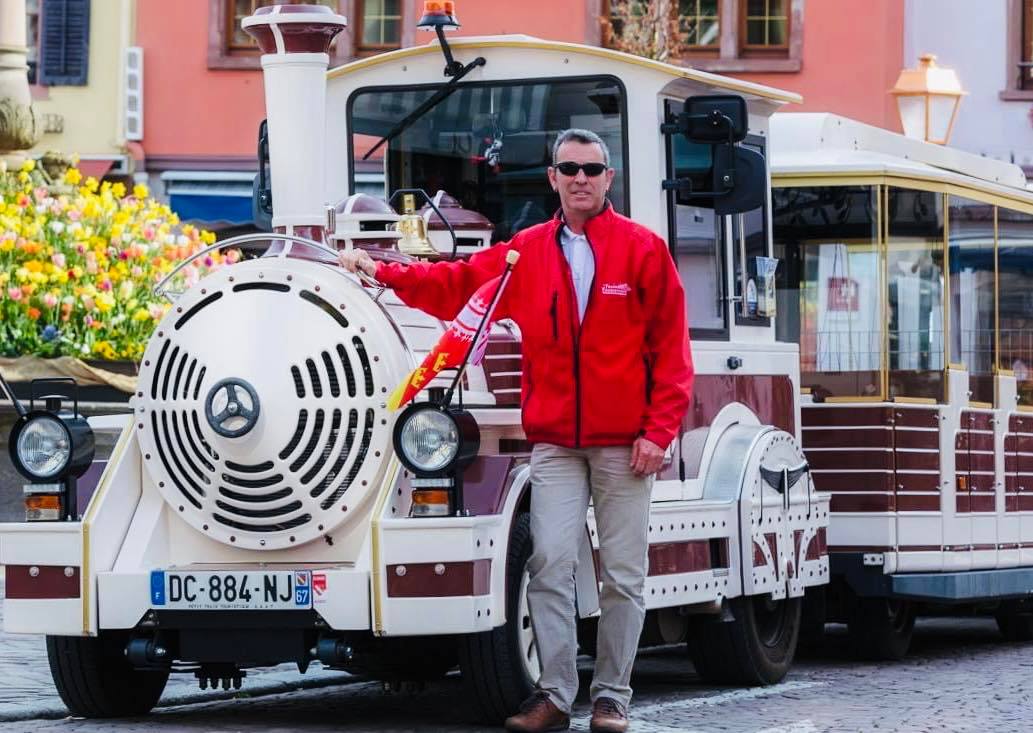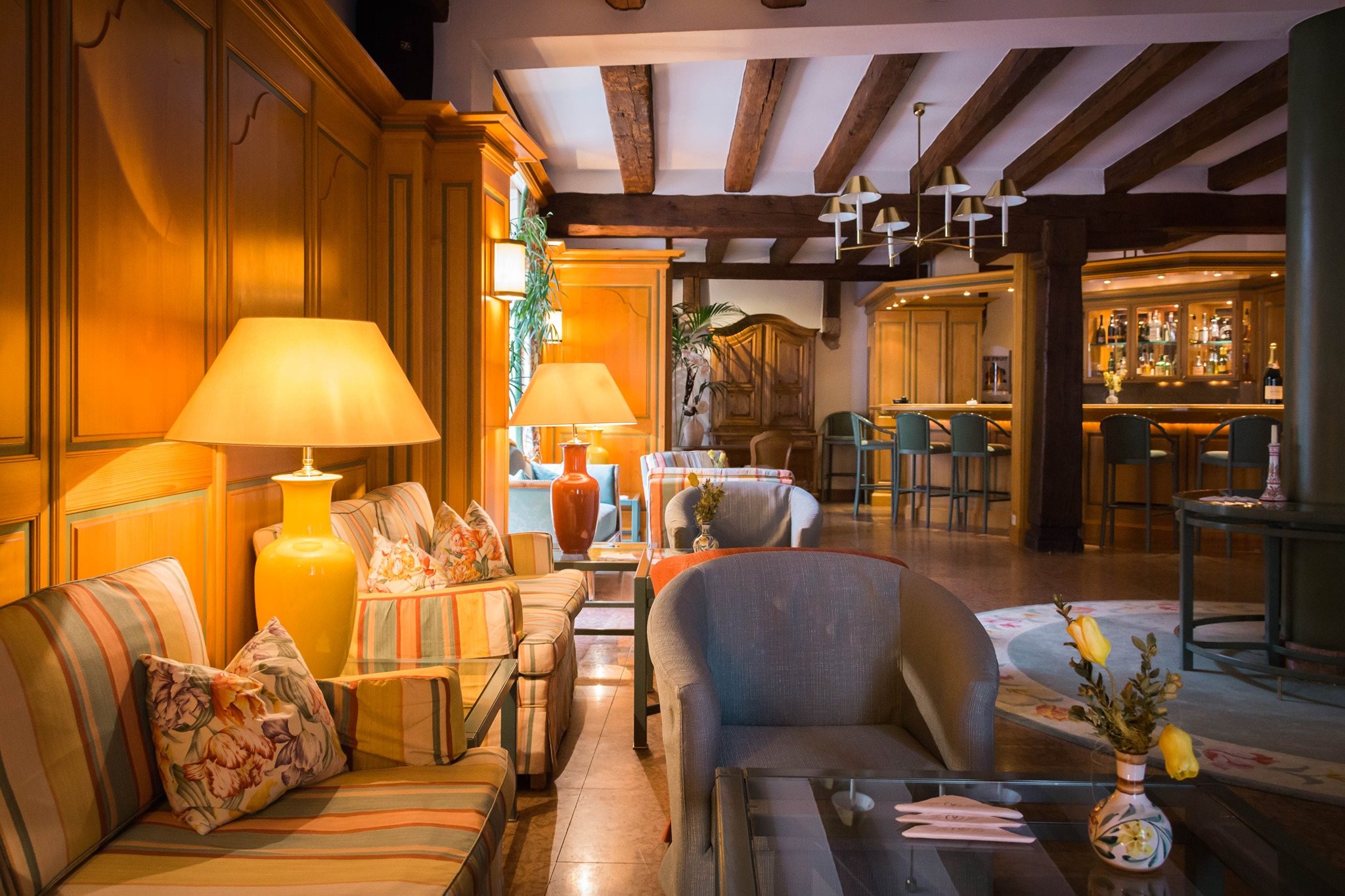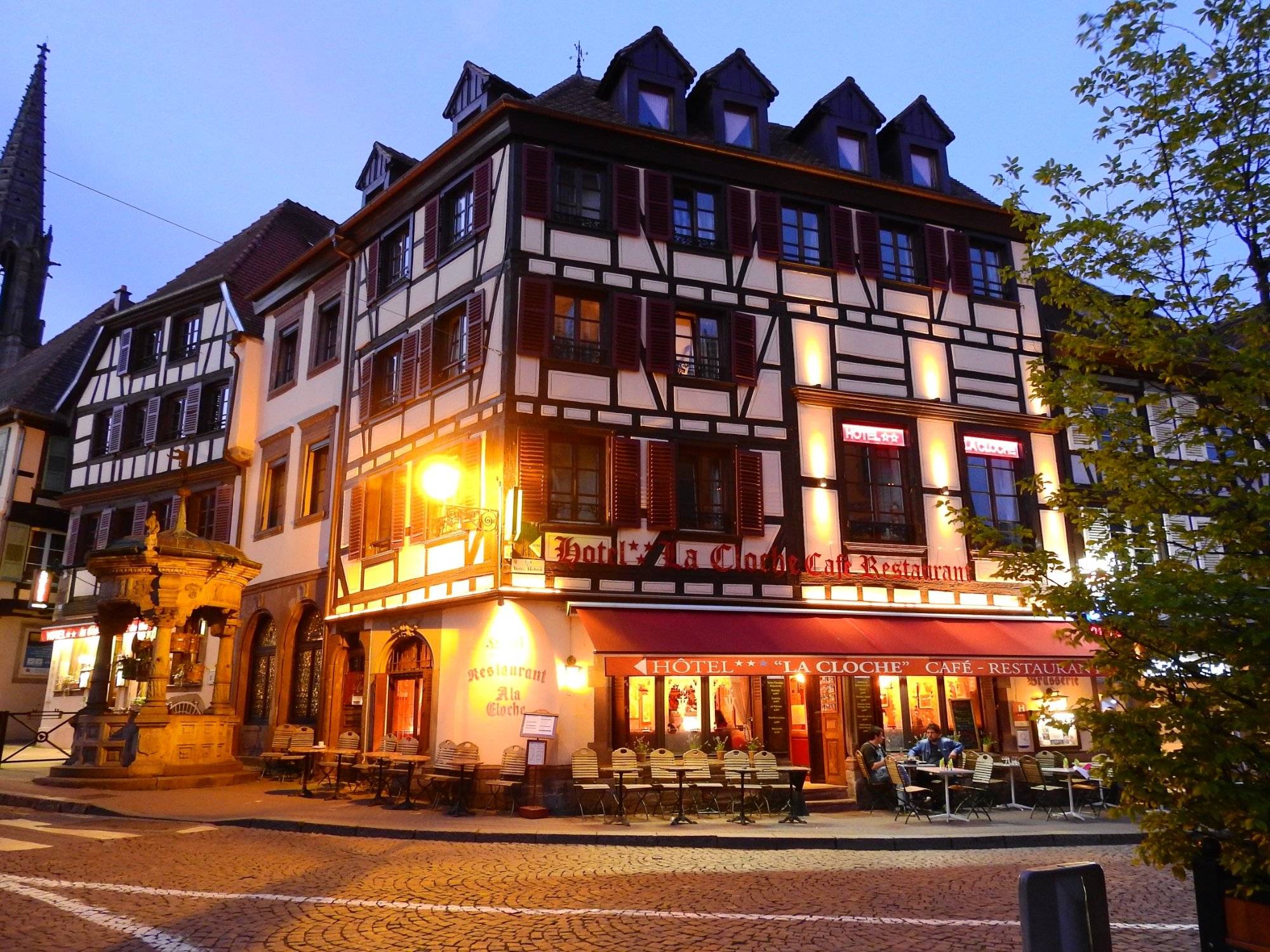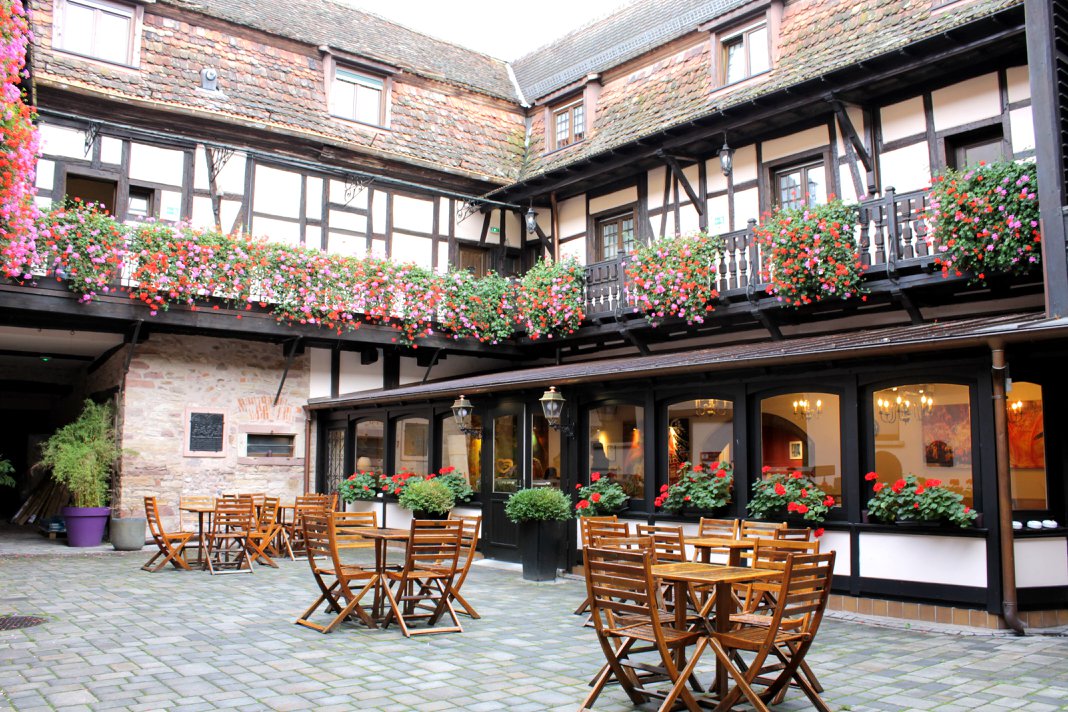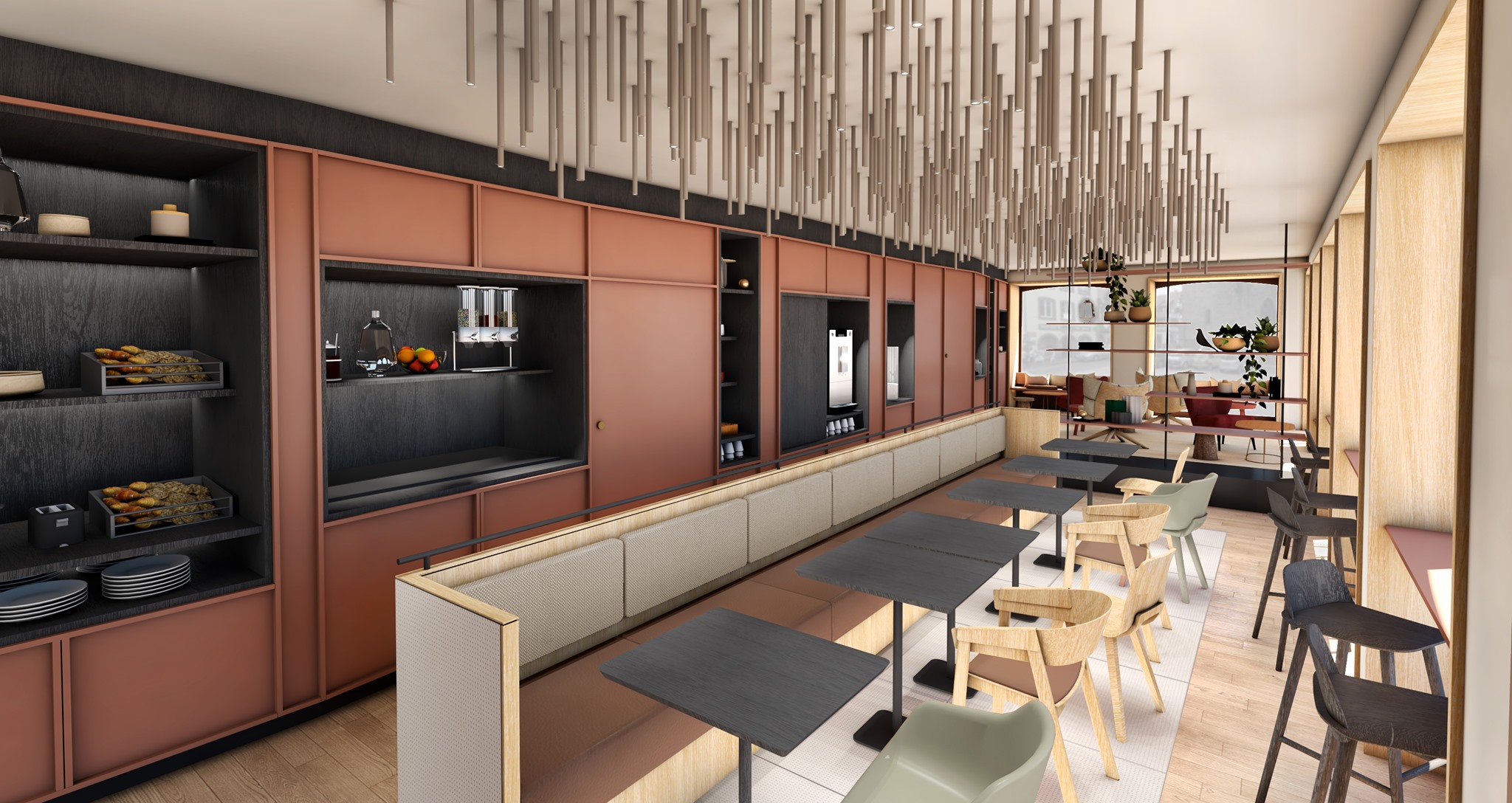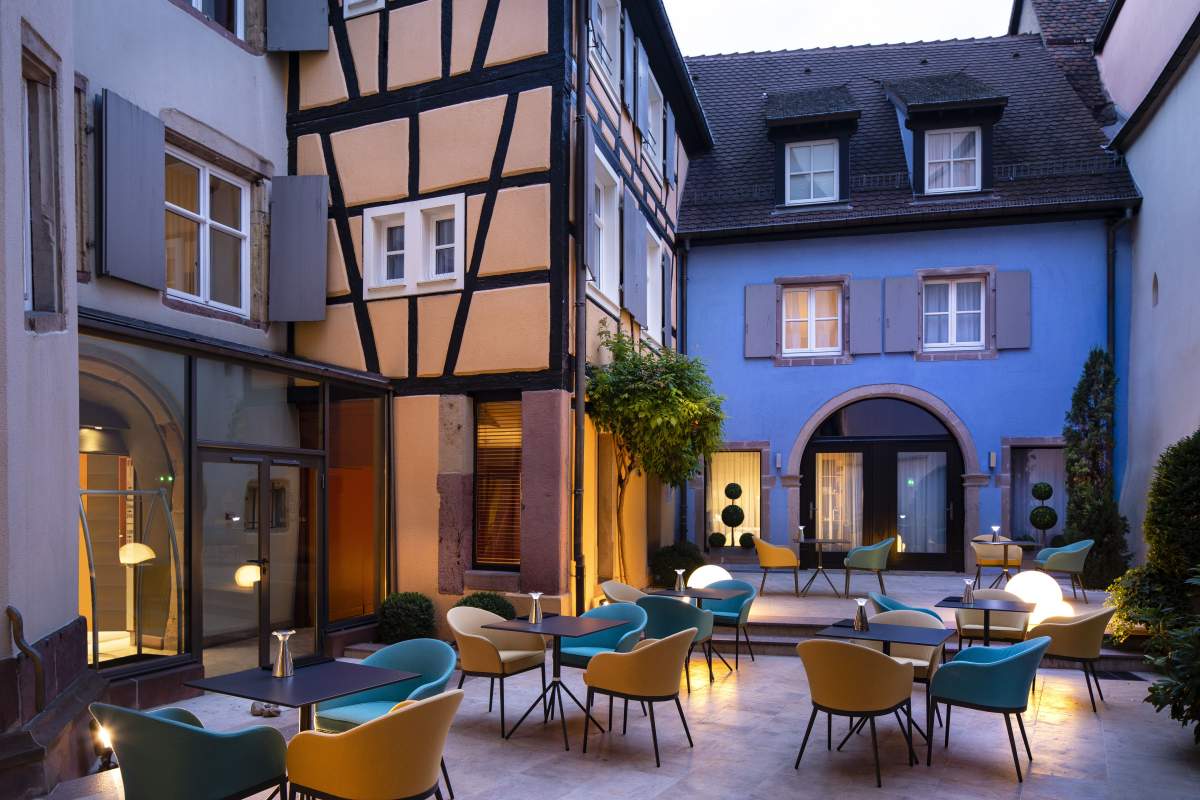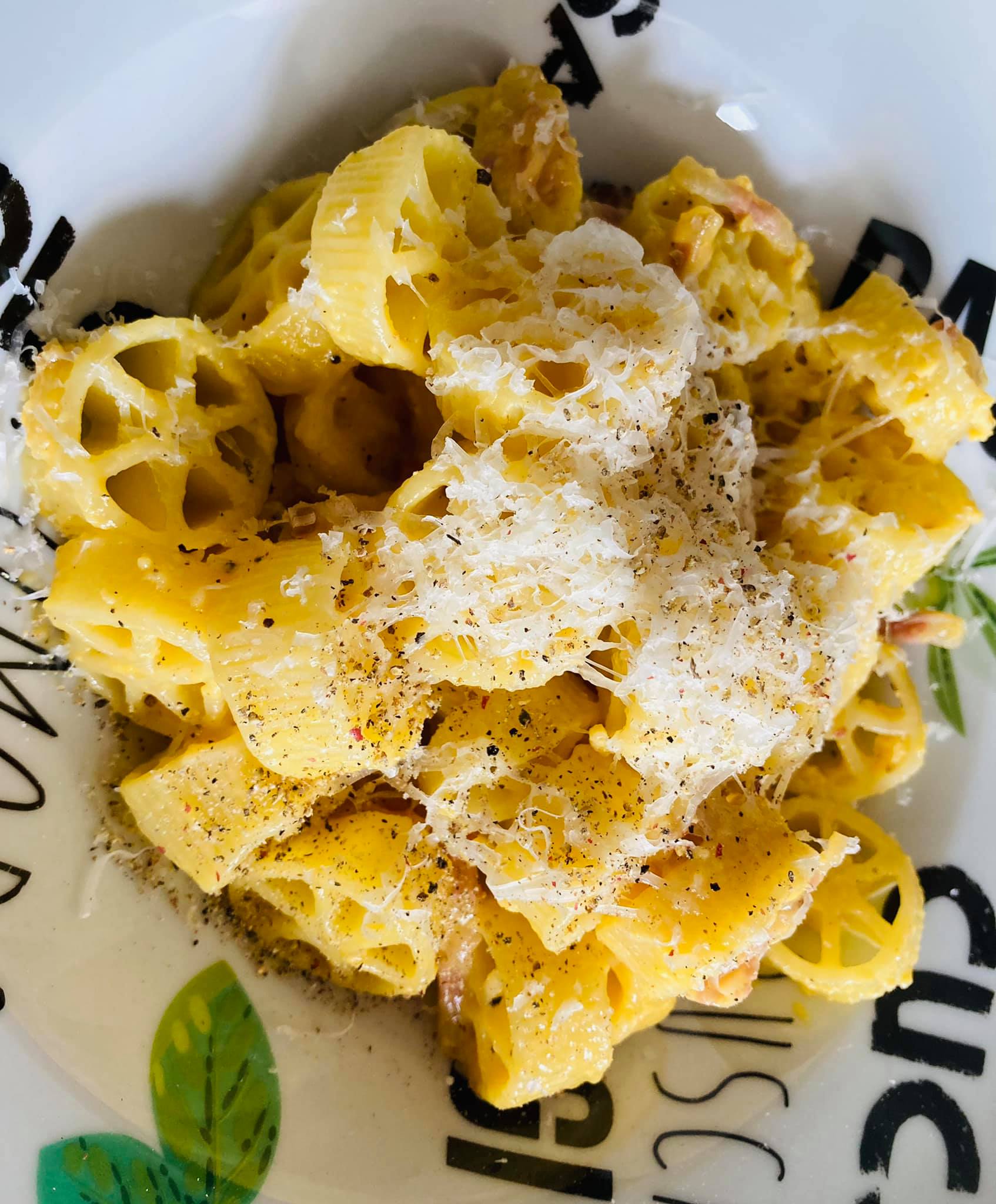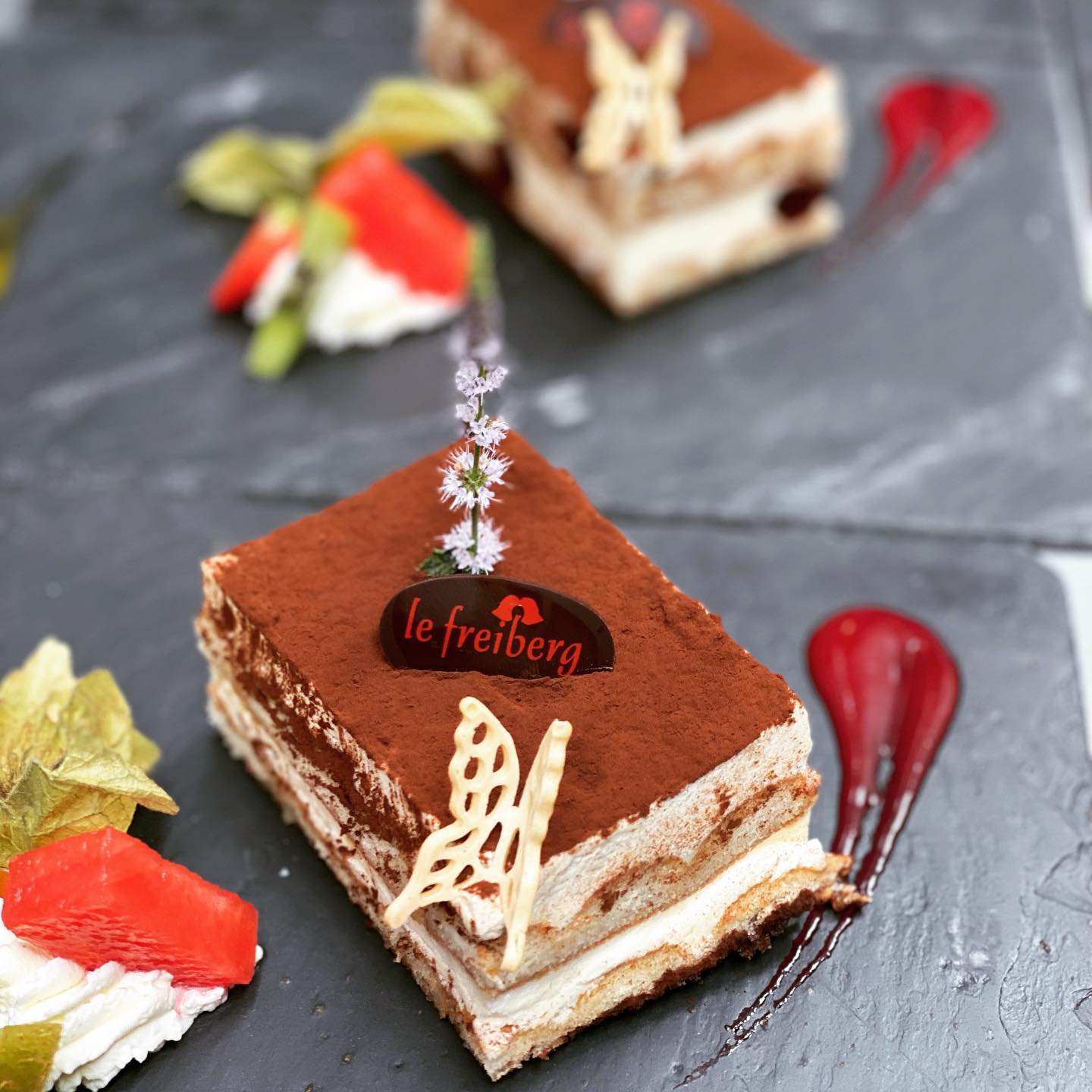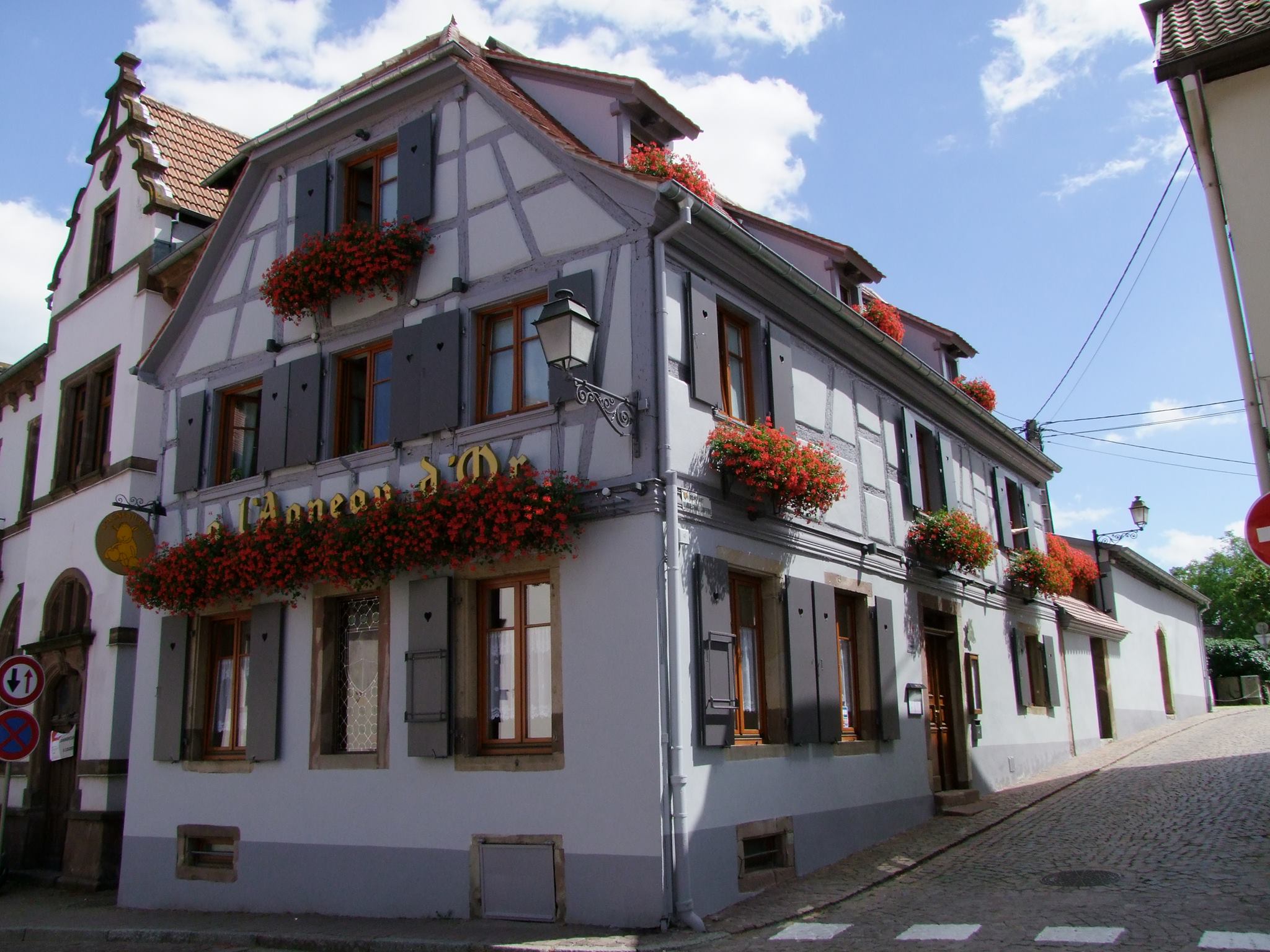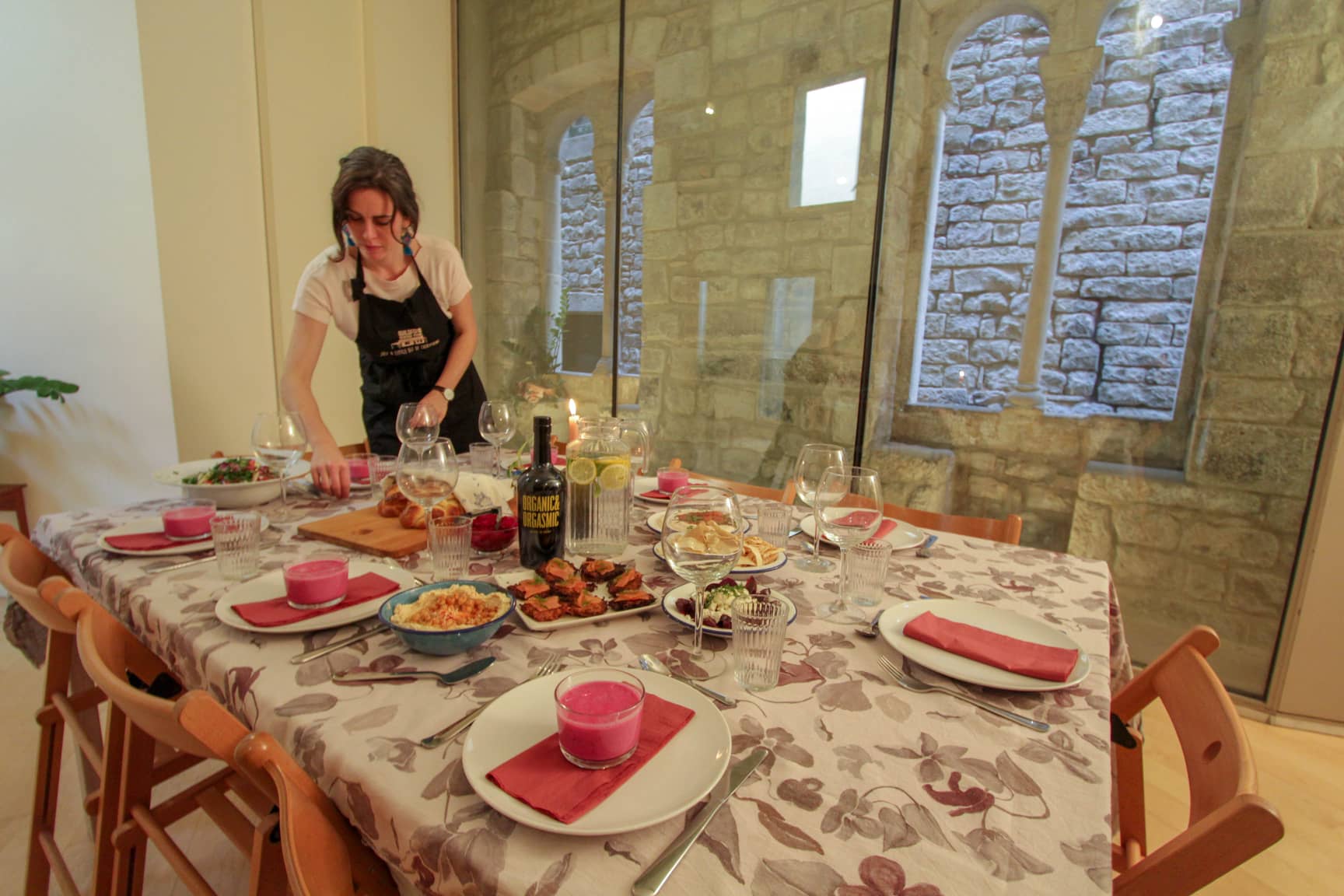This is an original and entertaining way of exploring the town of Obernai during your stay. The guided tour comes with individual headsets and is translated into 14 languages. The tour takes roughly 40 minhutes and leave approximately once per hour. The train has 60 seats, with handicap access for 2 wheelchairs. Group reservations have priority.
The tour train runs every day from April to October.
